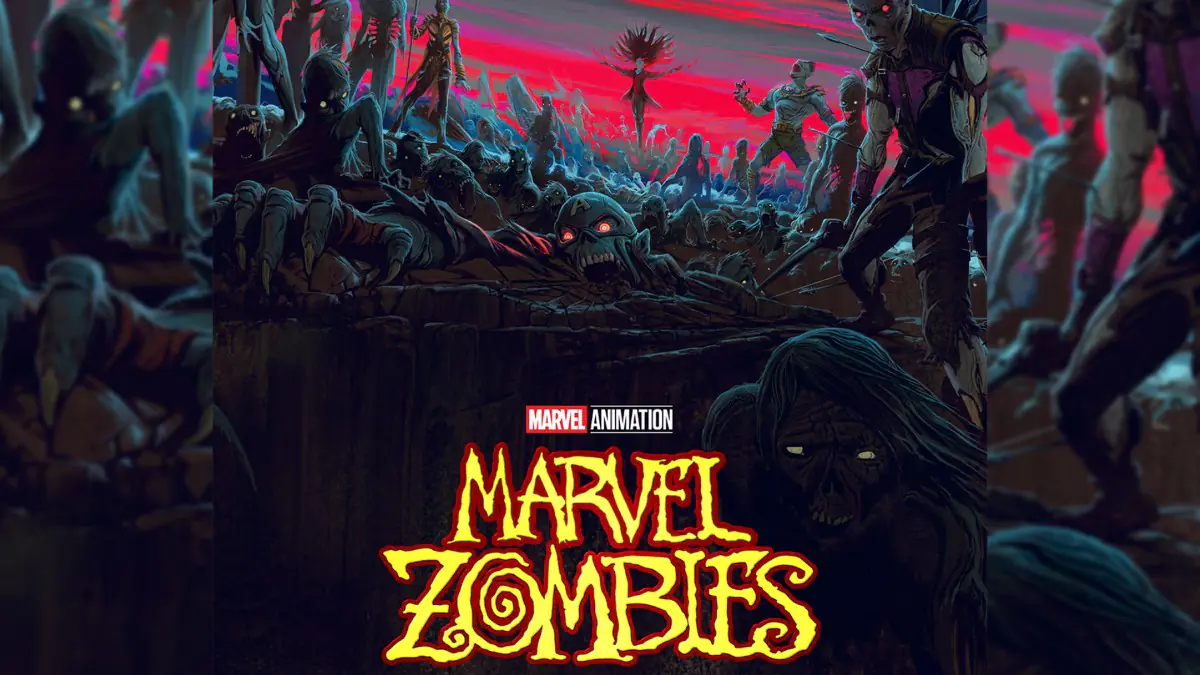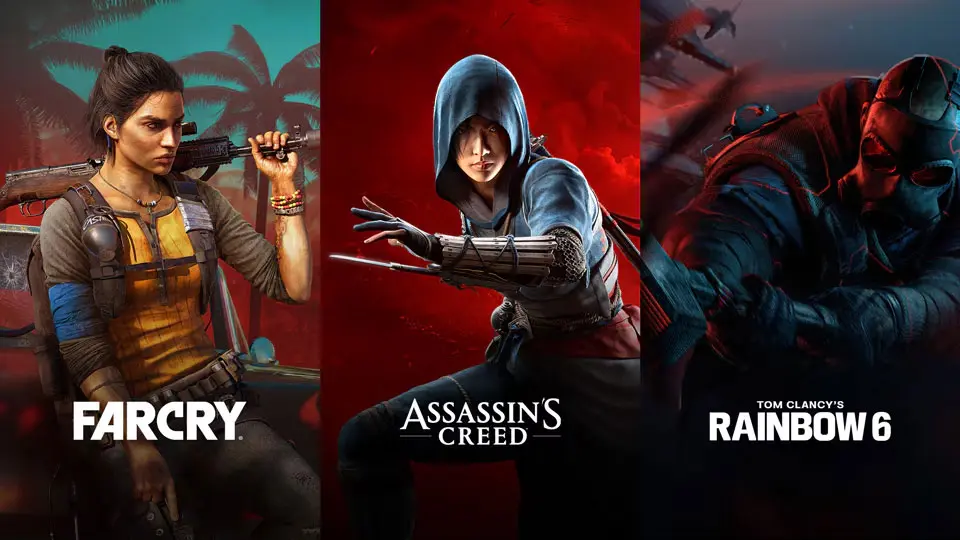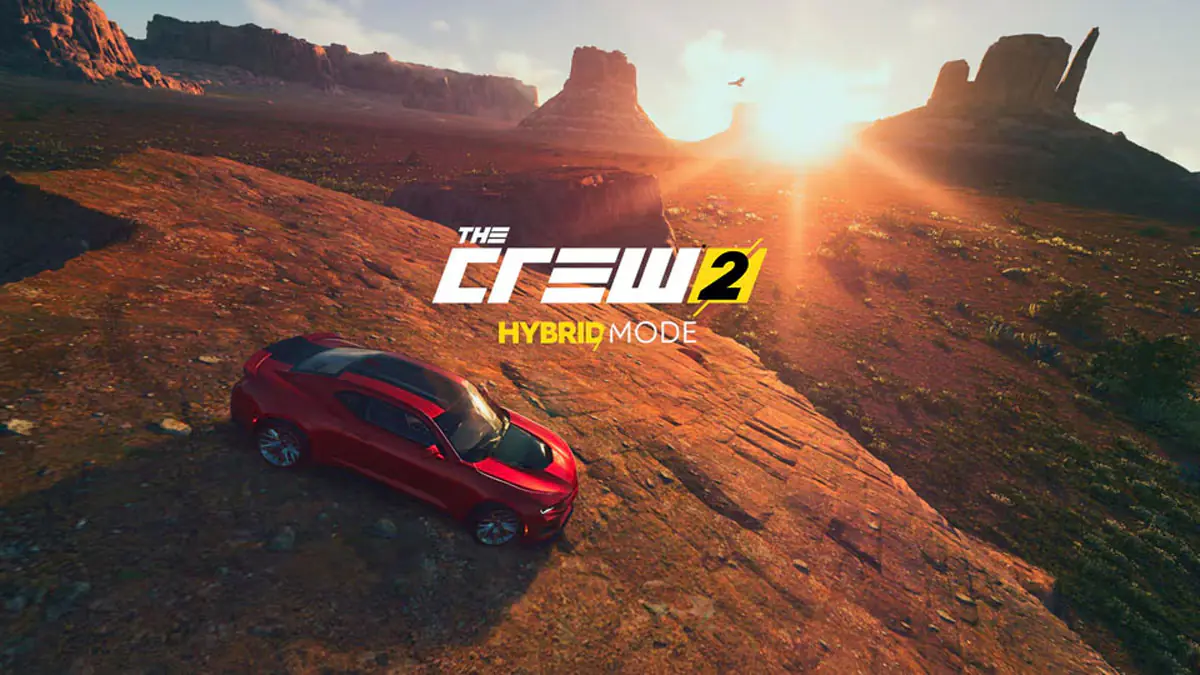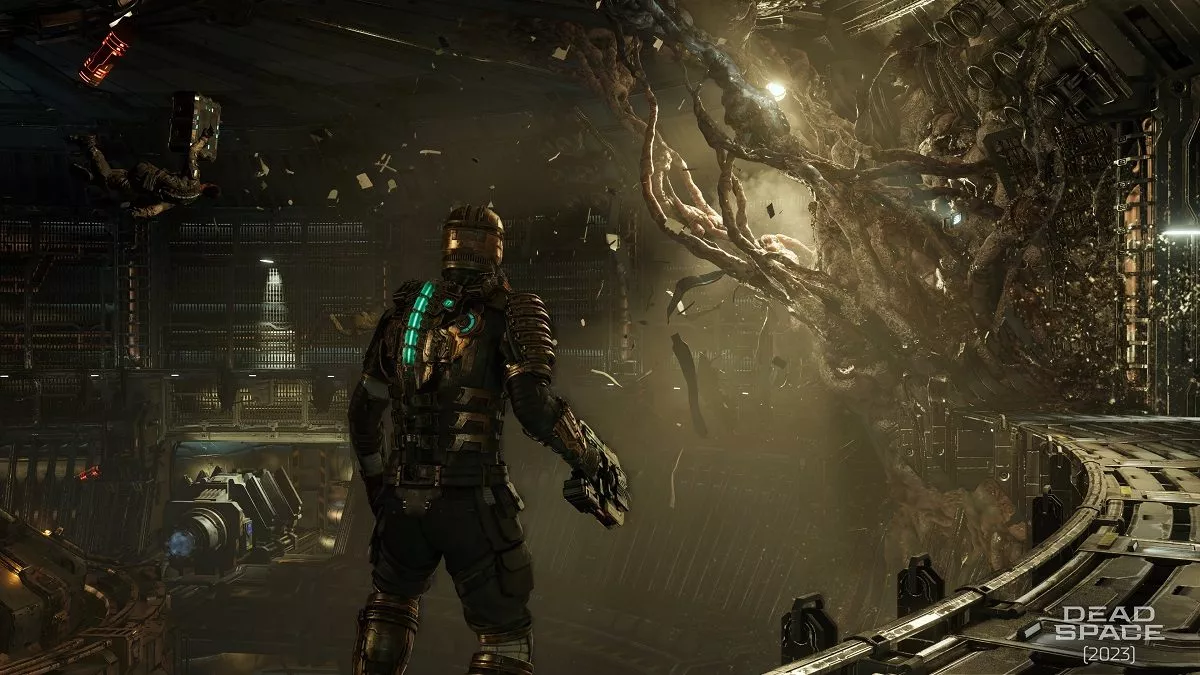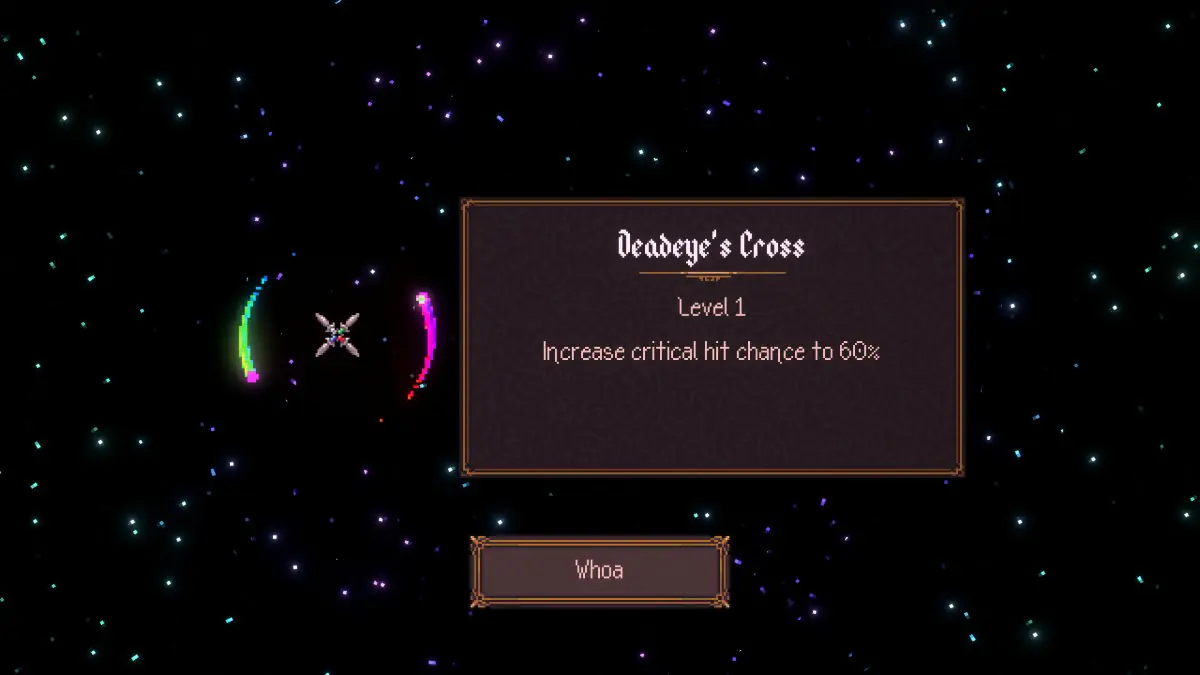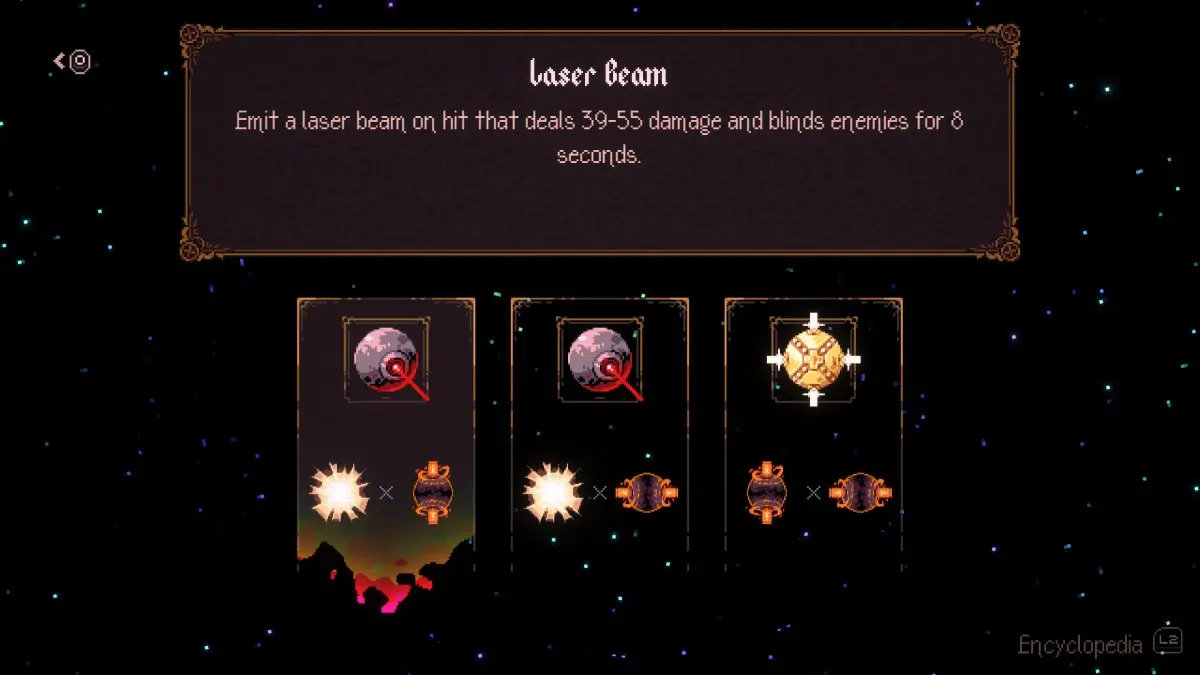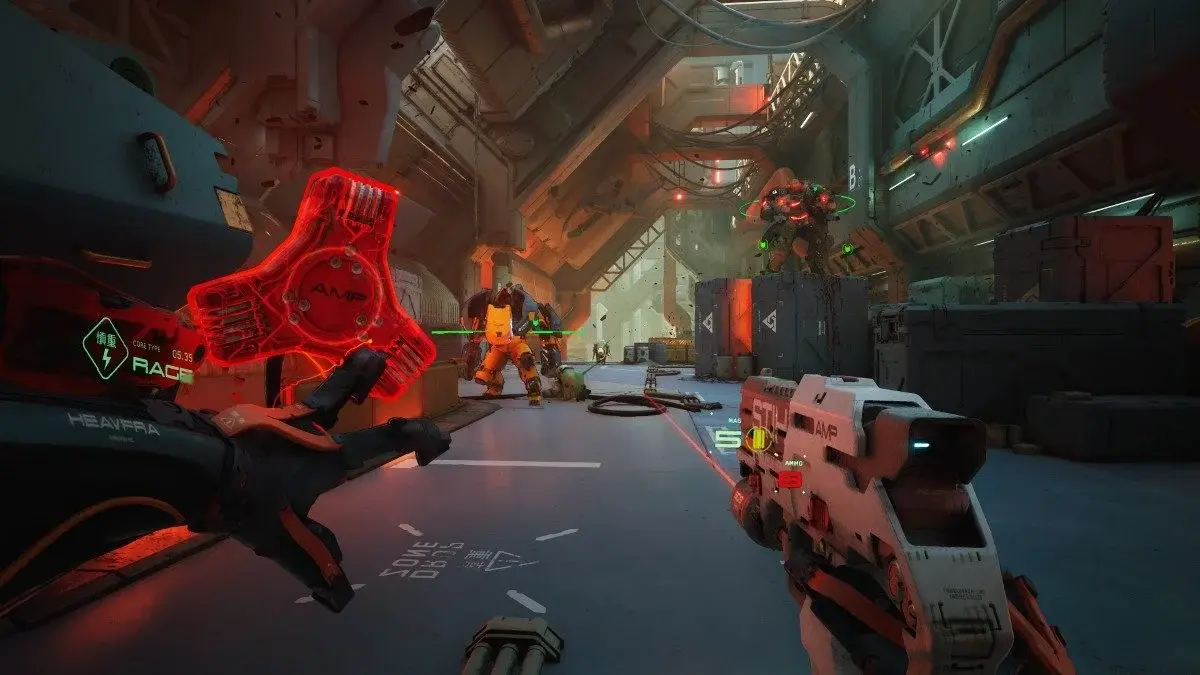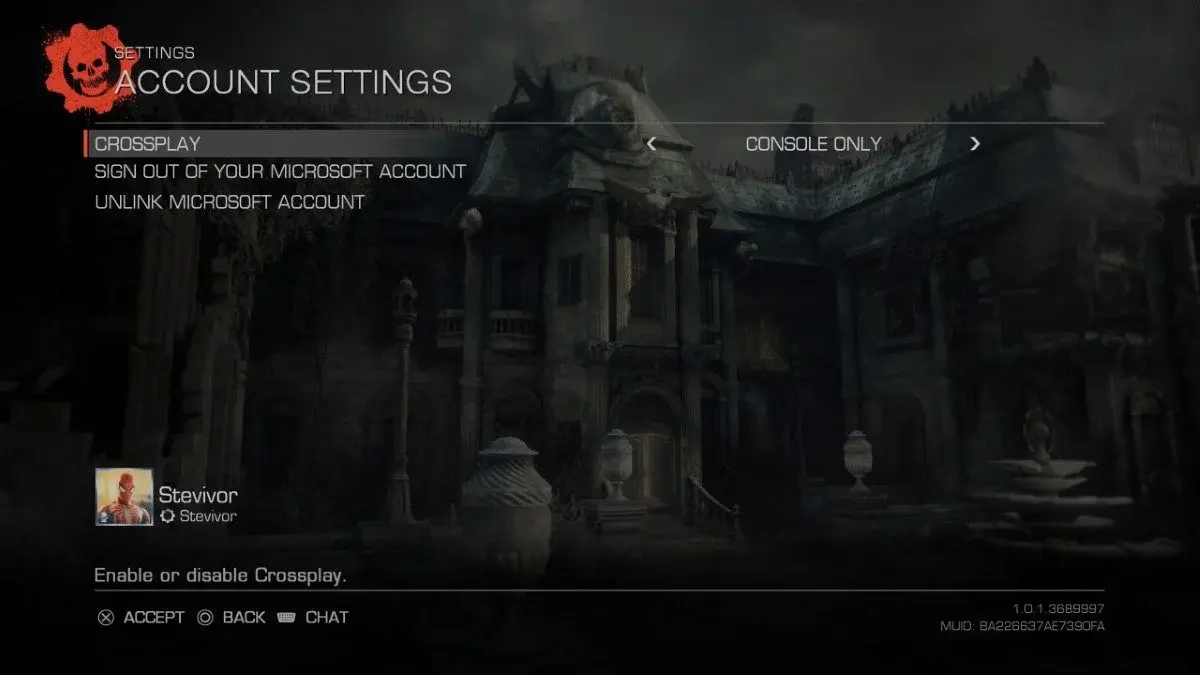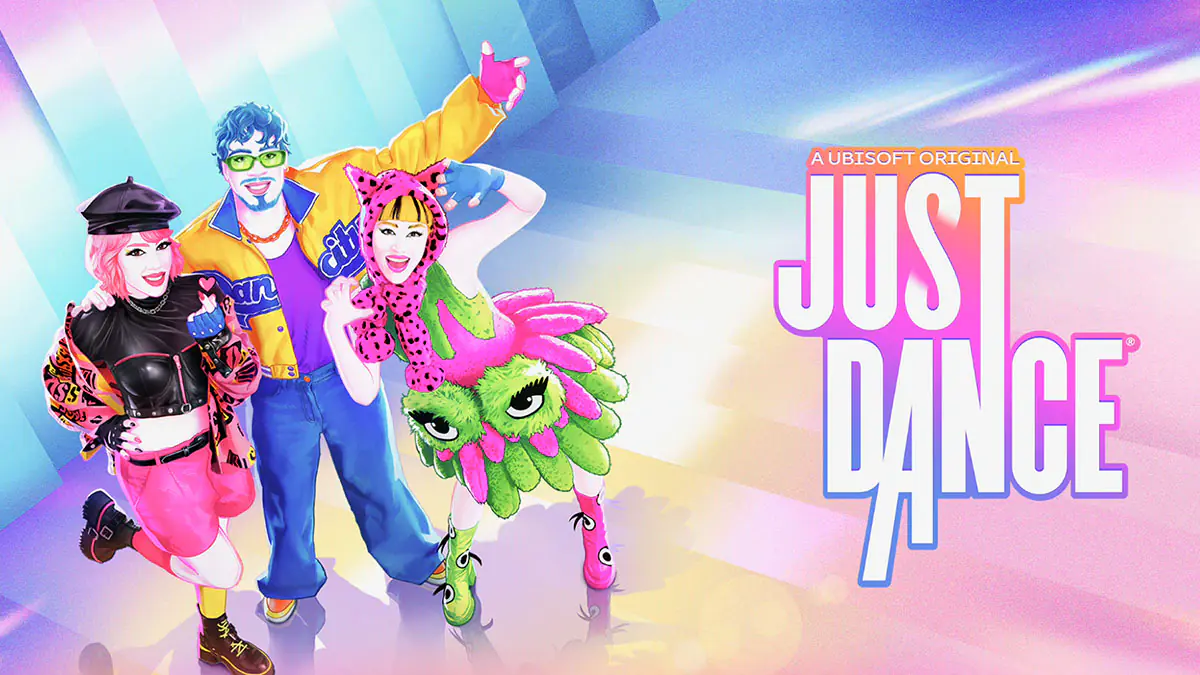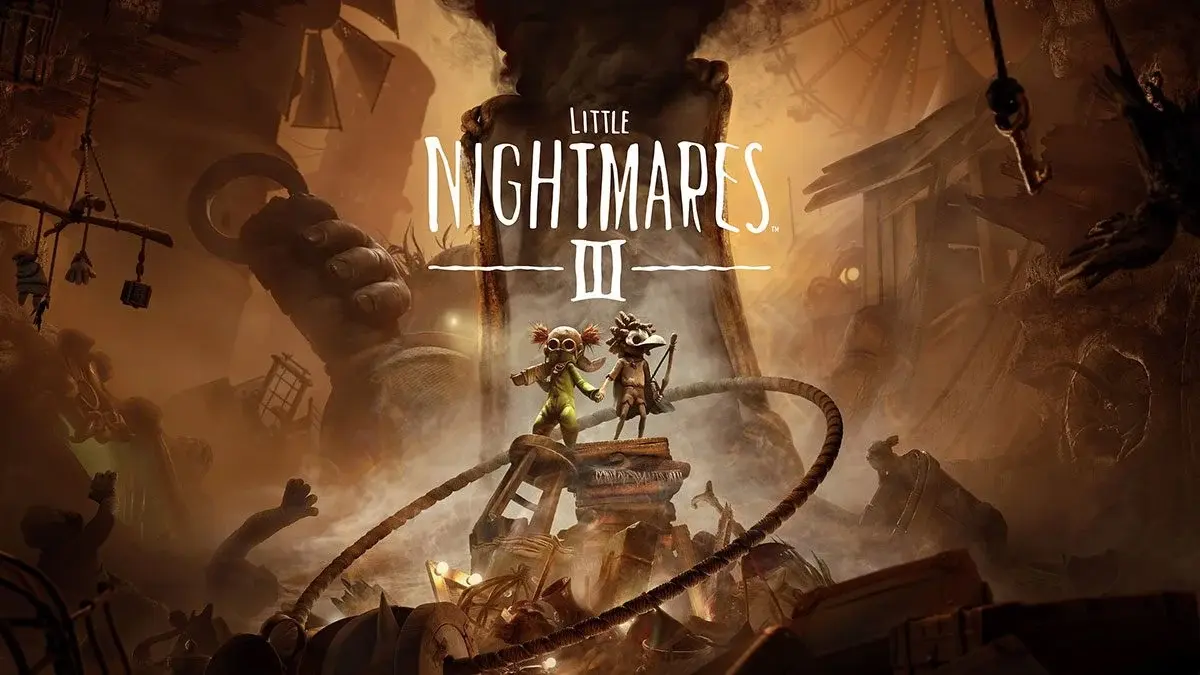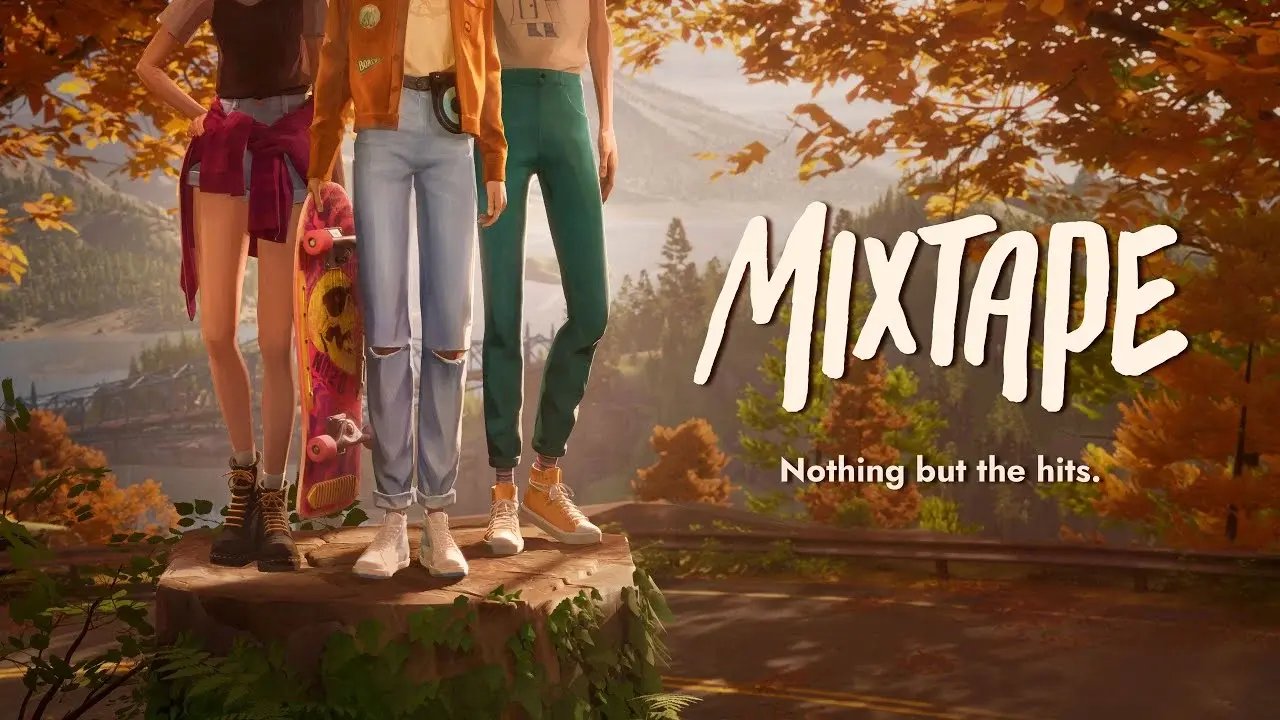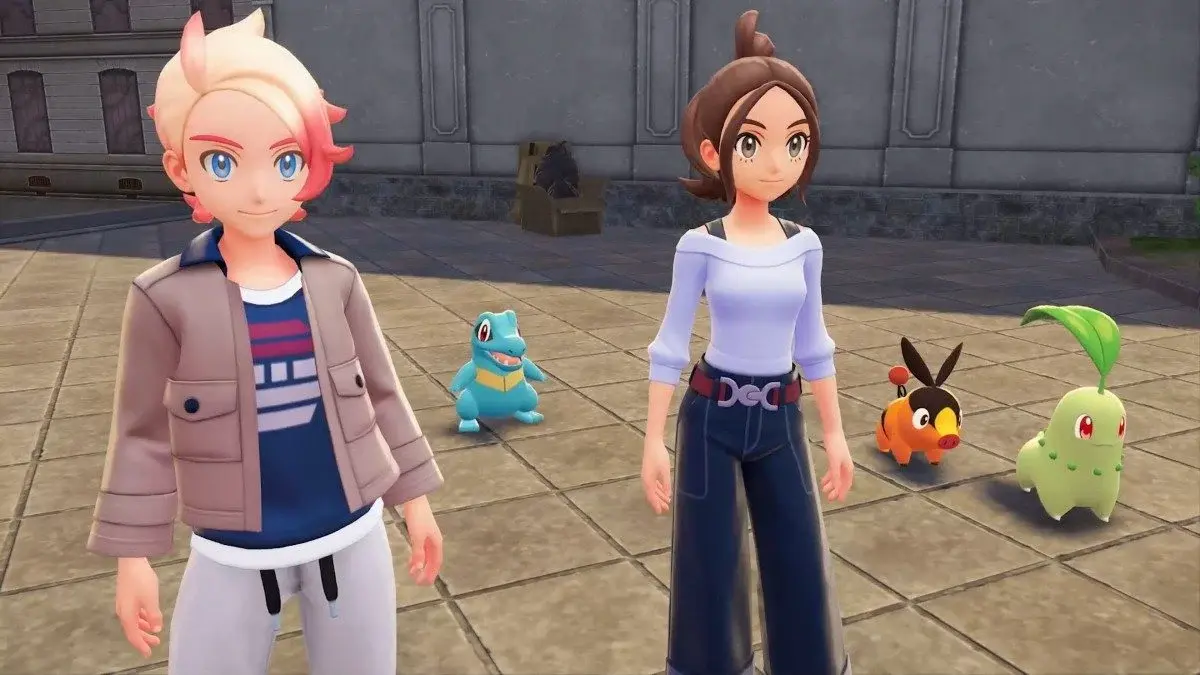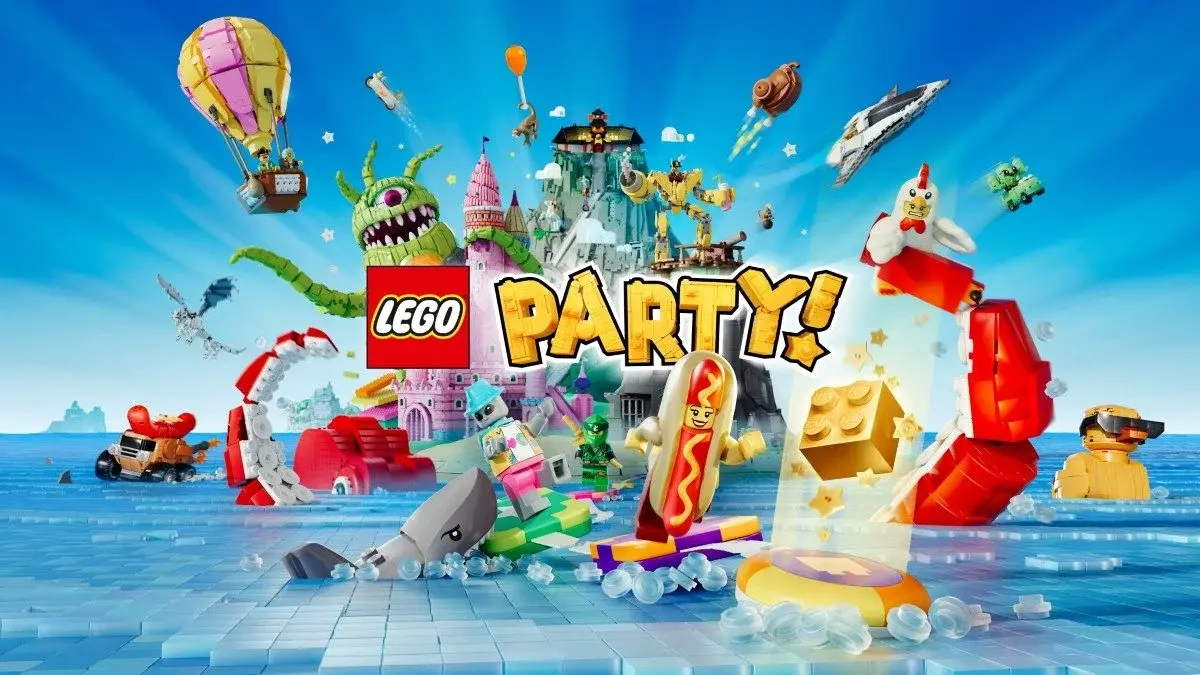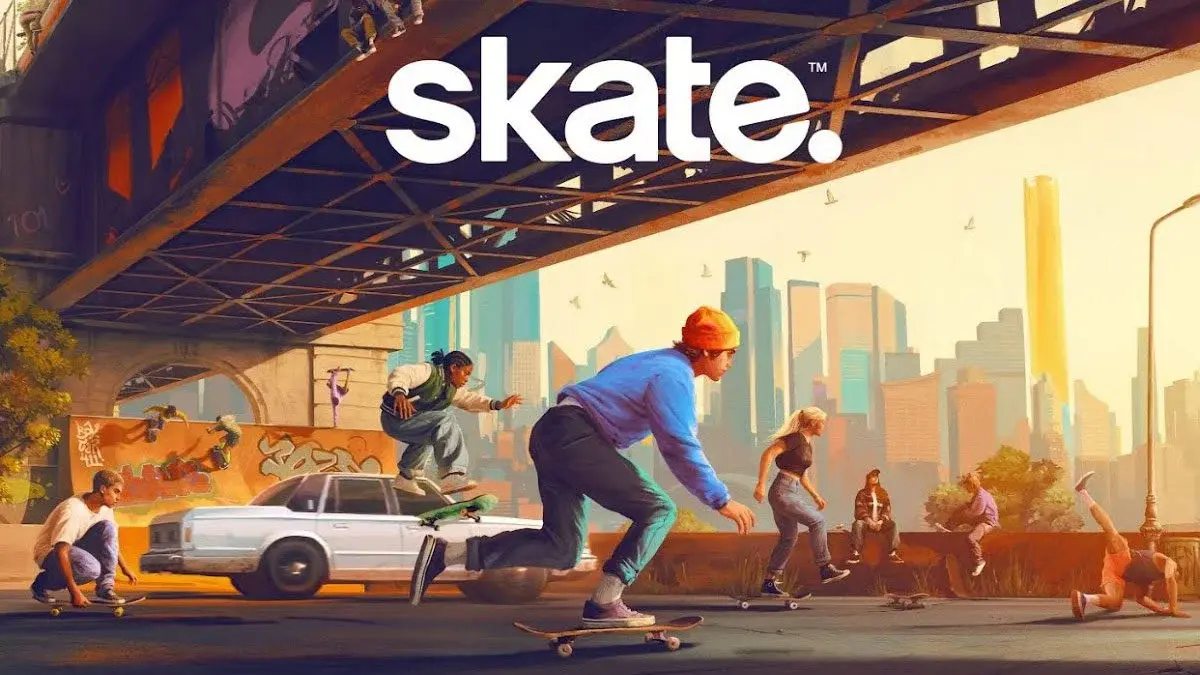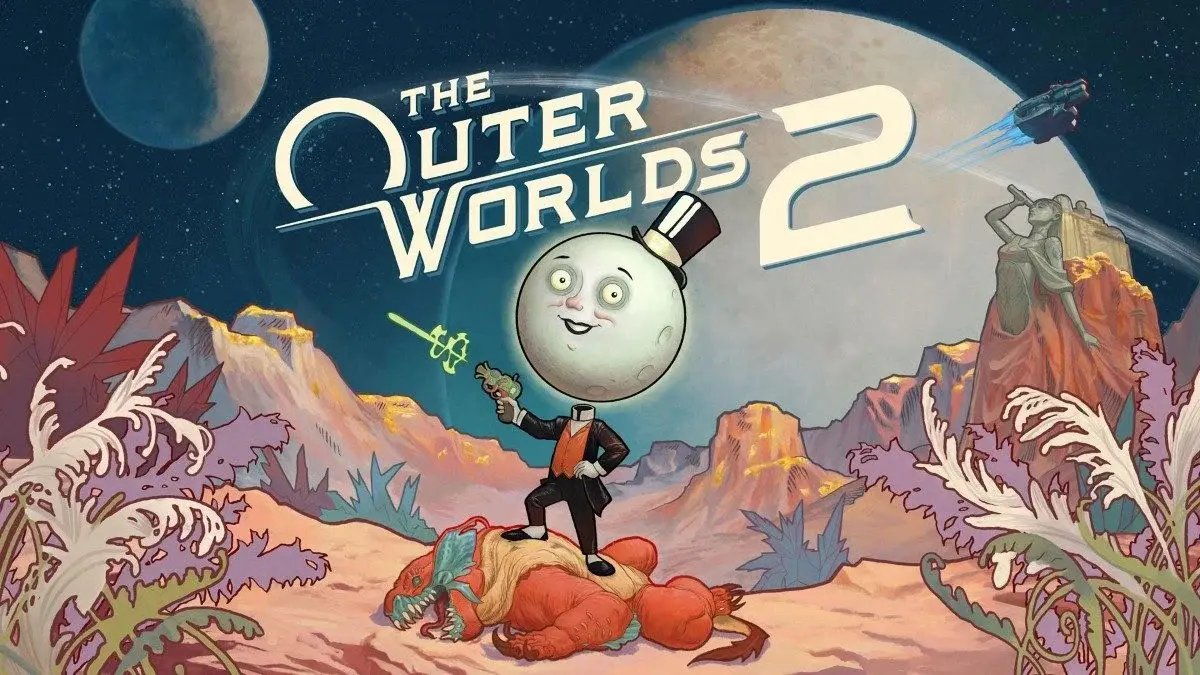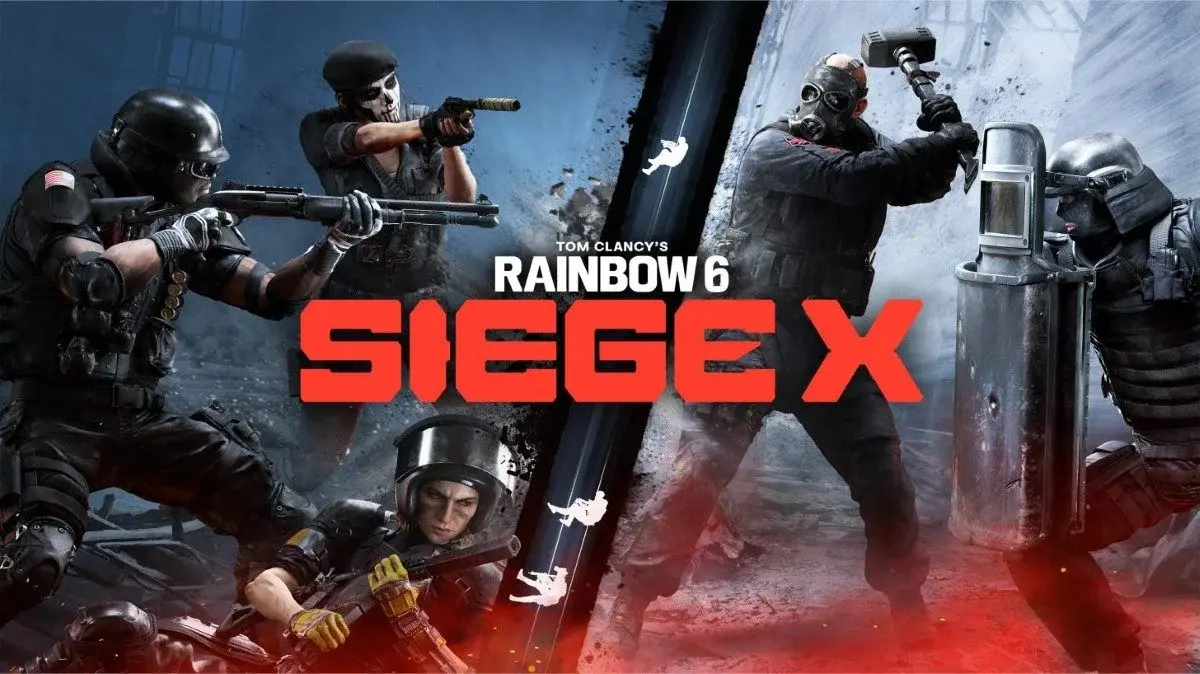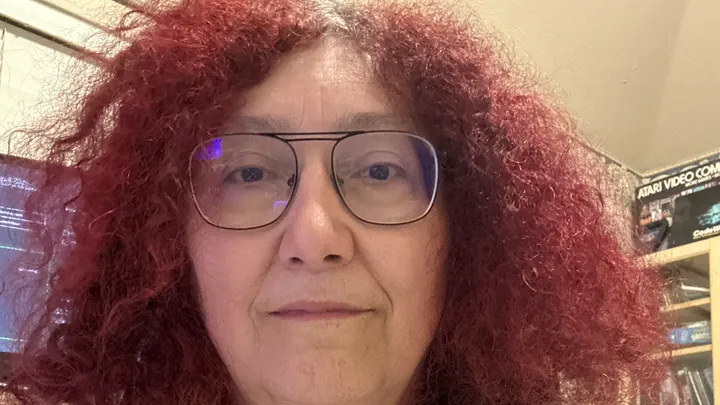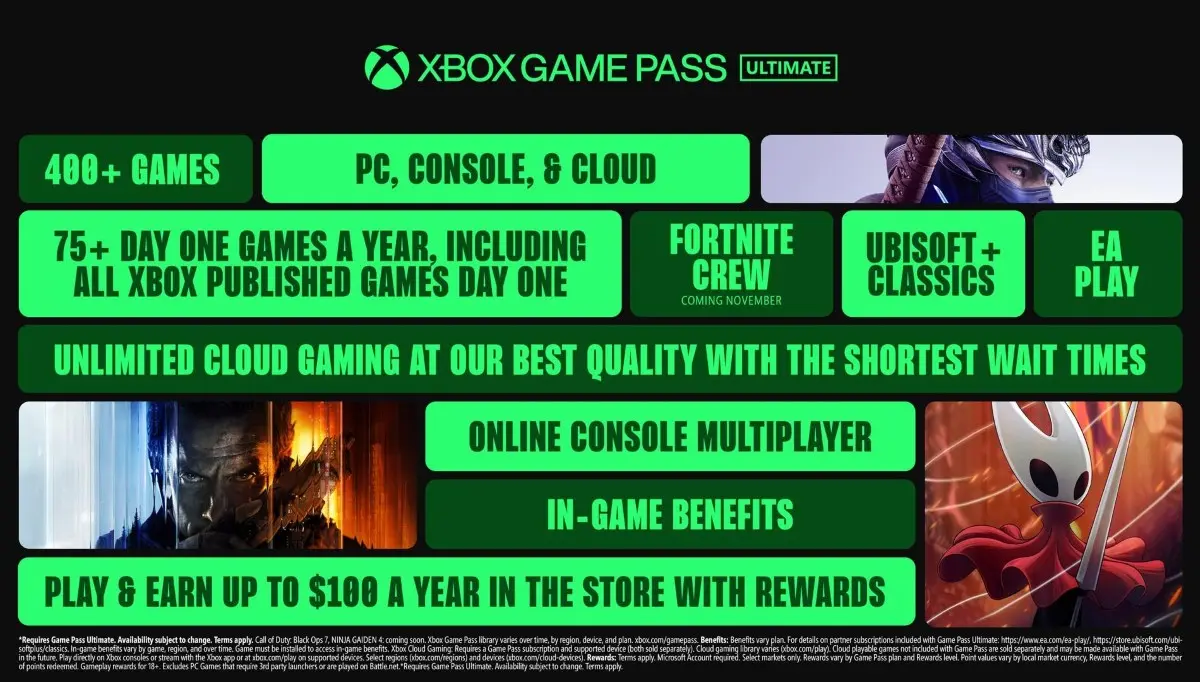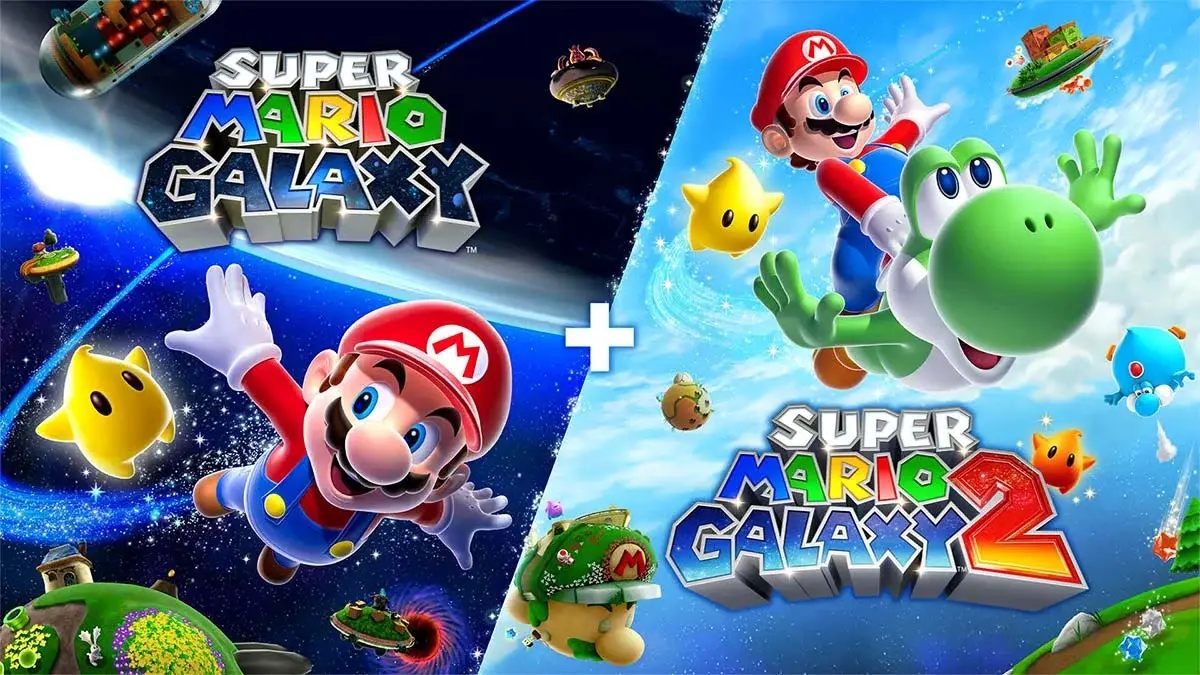It's not a remaster, but it is a re-return with Mario Galaxy 1 + 2 on Switch 1 + 2 in 4K.
Super Mario Galaxy was my game of the year in 2007 – and it was a joy to revisit on Switch for Mario’s 35th anniversary in the Super Mario 3D All-Stars collection 13 years later, before it was abruptly pulled from sale. Now it’s back, along with its critically acclaimed sequel on both the original Switch and enhanced for Switch 2, just in time for the upcoming Super Mario Galaxy Movie.
While these are two of the greatest games (certainly platformers) of all-time, it’s a slightly odd combo pack. You see, we already did this in 2020 with Super Mario 3D All-Stars – and what you get here is more or less the same version of Super Mario Galaxy. The difference being both games in this collection are enhanced for Switch 2, which delivers crisp 4K docked and 1080p in handheld mode.
Otherwise, it’s more or less the same. This is an enhanced port of the Wii’s Super Mario Galaxy and Super Mario Galaxy 2, mapped to the Switch’s Joy-Cons or Pro Controller quite well, with motion controls used when needed or swapped for touchscreen selections in handheld mode.
Since we’ve had the original Galaxy in high definition on Switch for quite some time, let’s focus on what’s new, with Super Mario Galaxy 2 finally released from the shackles of the Wii.
Super Mario Galaxy 2 from Wii to Switch 2
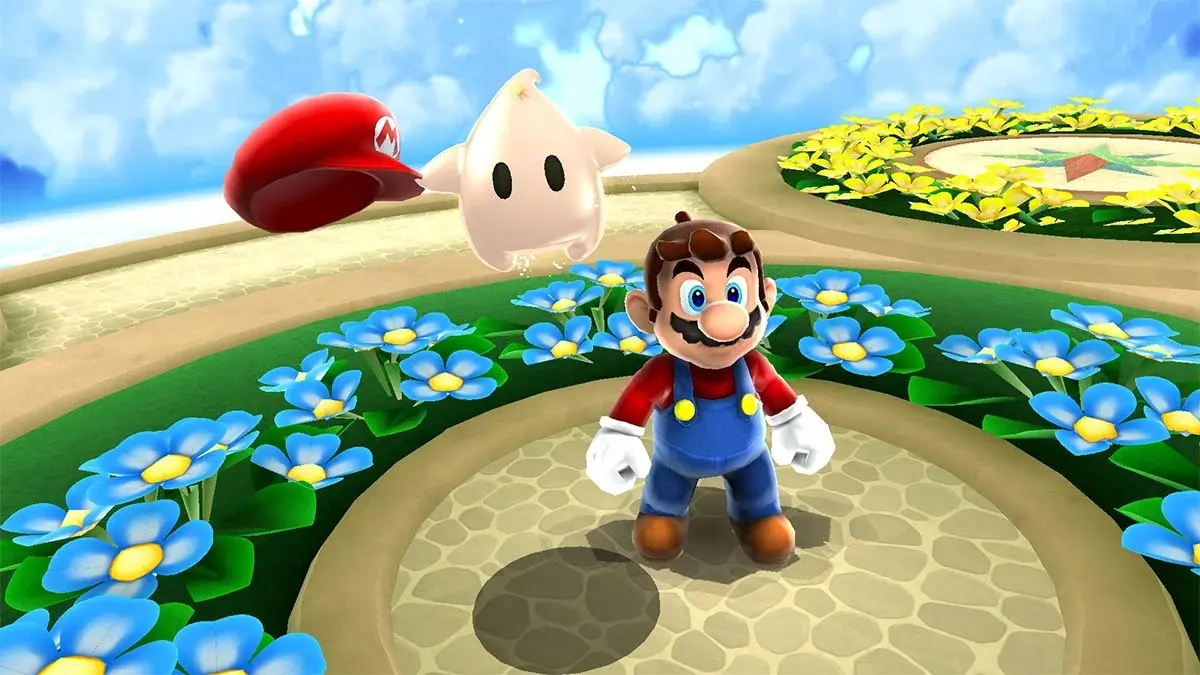
Since Mario made the transition to 3D there has never been more than one major release per platform. That’s why Super Mario Galaxy 2 was such a delightful surprise on Wii. The first SMG was so amazing that it was hard to see where Nintendo could possibly improve it enough to warrant a sequel that would be more than Galaxy 1.5, but rest assured they passed with flying colours.
SMG revived Mario in 2007, long before he needed it. I can see why Super Mario Sunshine was a letdown to some gamers after the masterpiece that was Super Mario 64, but it’s still a very good game and never got the credit it deserved – here’s hoping it reappears on Switch Online soon. Nevertheless, Nintendo decided it was time for a change and mixed things up considerably on Wii.
Blasting Mario into space not only changes the dynamics of Mario games, it changes how we play platformers. Each level is made up of small planets, each with their own gravitational pull. If you never played the first game, it takes a little while to get used to being able to run upside down, sideways and every which-way. However, if you’ve done it all before, the mechanics feel like second nature. Back on Wii, Nintendo included a “how to play for beginners” DVD explaining everything you need to know about the Super Mario Galaxy universe so it can get straight to the action – ironically that didn’t work on your Wii console. That’s not really an issue this time around, as the double pack allows you to ease in with Super Mario Galaxy and then delve straight into its more challenging sequel.
Mario rolls through space in style on his starship base which happens to be a giant Mario head shaped planet…that can move. New friends take up residence on the starship as you progress but it’s not a central hub. Instead, Nintendo uses a map system like 2D Mario to handle the level selection.
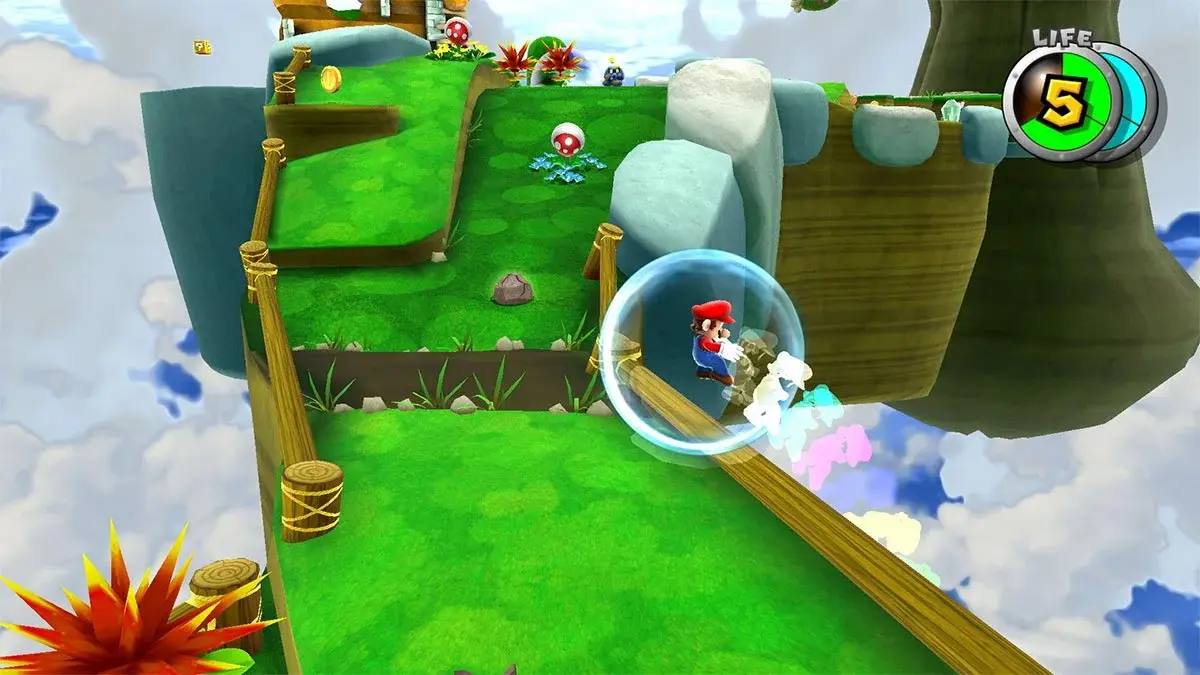
In total there are six worlds in the main game, each ending with a Bowser or Bowser Jr. boss stage. You need a few more stars to progress than you did in SMG, but once again you certainly don’t need all of them to finish the game. Perfectionists will head back to past Worlds as new stars appear regardless, as Power Stars in Super Mario Galaxy 2 were the closest thing the Wii had to trophies.
Once Bowser is defeated it doesn’t end there, as the final and most challenging World is unlocked. If you thought the first Galaxy was a little too easy, this’ll be right up your alley. Once you’ve collected all 120 stars, another 120 green stars become available in previously completed galaxies. Unlike the first game these aren’t the same thing with Luigi. No, he’s available to be used after 30 stars in various stages. Instead they’re all new challenging stars and not for the faint-hearted. You’ll need to collect them all to unlock and obtain everything there is to find in Super Mario Galaxy 2.
While the methods of collecting stars is fairly limited, you’ll hardly even notice due to the fantastic level design. If New Super Mario Bros. Wii had one problem, it was that Nintendo played it too safe. The levels were good but predictable and didn’t stray far from the conventions used in the 80s and 90s.
Super Mario Galaxy 2 avoids falling into the same trap with some weird, crazy, and exciting levels. While they could never recapture the innovation of SMG, the levels are still fresh and intuitive. They’ve taken some big risks, with excessive changes to gravity, levels that collapse into themselves and change to rhythms you have mere seconds to learn. If it were any other developer, there would have been problems with such complex platforming stages, but not with Nintendo. They’ve executed each and every one so perfectly that, while complicated, I was never once confused about what I was trying to do – and I much prefer to do it with a Switch 2 Pro Controller than a Wiimote.
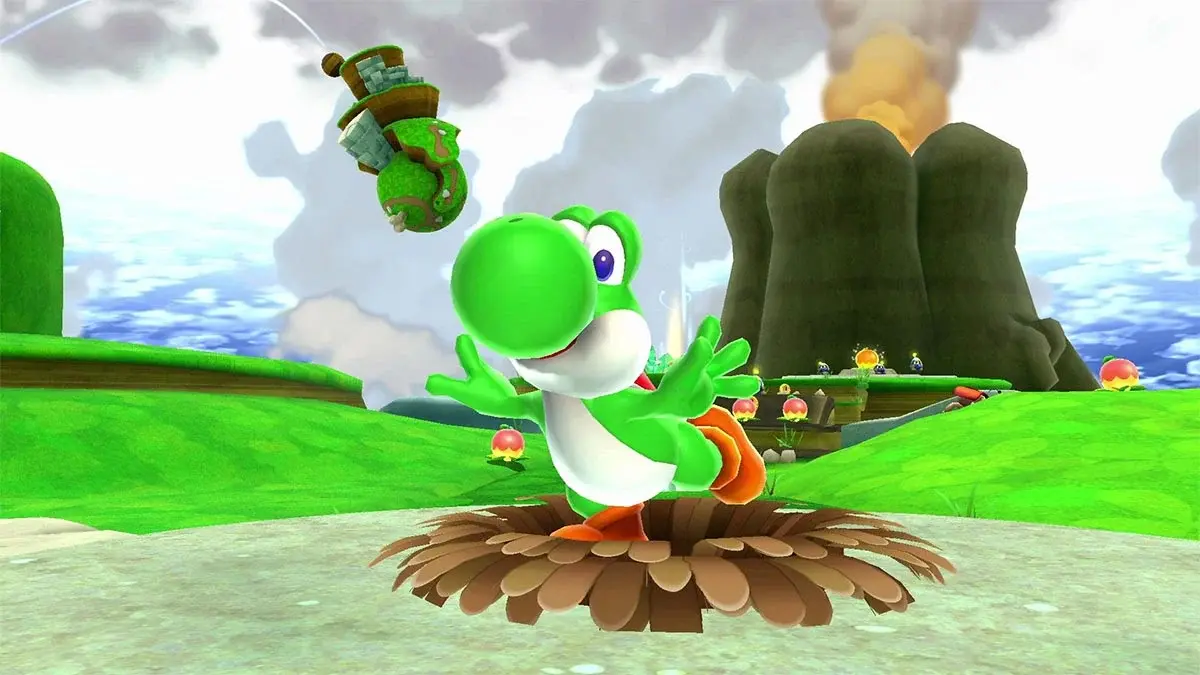
The fire, bee, and ever so annoying spring suit all return from the first game, along with a few new additions to Mario’s wardrobe. The rock suit transforms Mario into a rolling boulder; the cloud suit makes him as light as a feather and able to create up to three clouds to walk on mid-air; the drill suit allows him to drill through to the other side of a surface and is amazing considering the game’s mechanics; the boo suit turns Mario into his ghostly foe and allows him to walk through walls. They’re quirky, different, and complement the gameplay perfectly.
Yoshi is another of Super Mario Galaxy 2’s big additions. Mario’s finest dino-stallion has a few new tricks up his sleeve. Yoshi has all his usual abilities and can master others by eating certain fruits. One inflates him like a balloon; another sets him on fire and activates the afterburners and another allows him to see platforms that are otherwise invisible. Yoshi’s tongue is used as an extra limb to grab onto hooks and on the whole his inclusion opens a range of new gameplay experiences.
Motion controls were sparing by Wii standards, but they do stand out on Switch as there’s a mandatory element. Everything that matters works well with control sticks, and spins are mapped to both buttons or, if you choose, a waggle of the Joy-Con. But there are times you’ll need to collect or select things with the on-screen pointer, and even with the Pro Controller, this works well on Switch.
Super Mario Galaxy 1 + Galaxy 2 as a Switch 1 + 2 collection
Back in 2010, my biggest criticism of Super Mario Galaxy 2 was that the vibrant levels were done a disservice on a standard definition console on a HDTV. Like many in those days, I made the jump to a 1080p screen between Super Mario Galaxy and its sequel. The blurry visuals stood out and it was the game that made me realise how outdated the Wii really was in contrast to the PS3 and Xbox 360 hitting their peaks. That’s finally been rectified here, and thanks to that colourful and simple art style, a simple 4K up-res makes it look fantastic, at least in motion, which is a testament to the quality of the original assets.
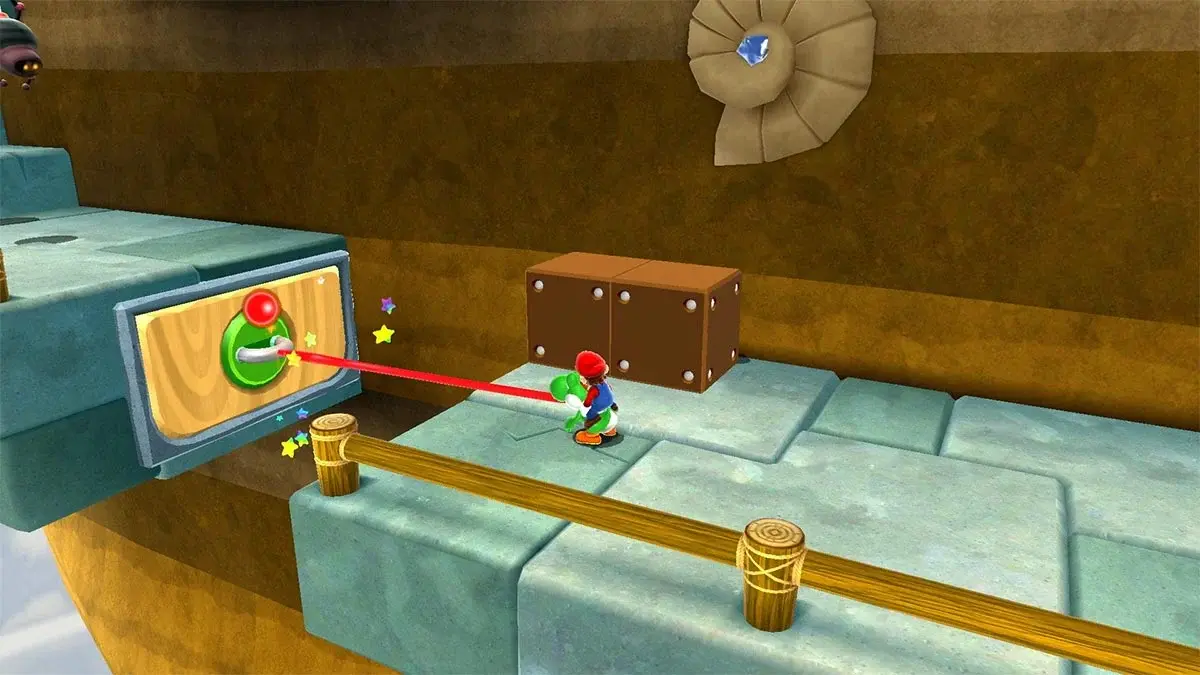
During cutscenes, or if you focus too intently on backgrounds, it does show its age and imperfections the Wii covered up. Mario in particular looks fine while he’s jumping around at a distance, but as soon as a cutscene zooms in, his jagged cap and rough moustache remind you how old these games are. I’m surprised they didn’t tidy that up more.
That’s where Nintendo has put itself in the spotlight – its inconsistency with re-releases. This game is titled Super Mario Galaxy + Super Mario Galaxy 2, and it’s simply a port of a couple of Wii games. Well, an enhanced port with higher resolutions and tweaked controls for AUD $90, or AUD $60 each if purchased separately. Given it’s a USD $70 release in the US, which normally equates to at least an AUD $110 price point, Aussies are getting a decent deal, but it’s definitely inconsistent. Especially considering Super Mario 3D All-Stars included a third game and was $10 cheaper years ago.
Paper Mario: The Thousand-Year Door uses the same naming convention – just the original title – and it was a full remake of a game of a similar age for AUD $80. Then you have the likes of Donkey Kong Country Returns HD also for AUD $80, another Wii game that Nintendo tells us was updated, but besides the jazzed up character models this Mario Galaxy collection could have used, didn’t have much more work done than these enhanced ports. We then have Metroid Prime Remastered, priced the same as a single Galaxy game, with an amazing visual overhaul – a high bar we sadly haven’t seen since from Nintendo remasters.
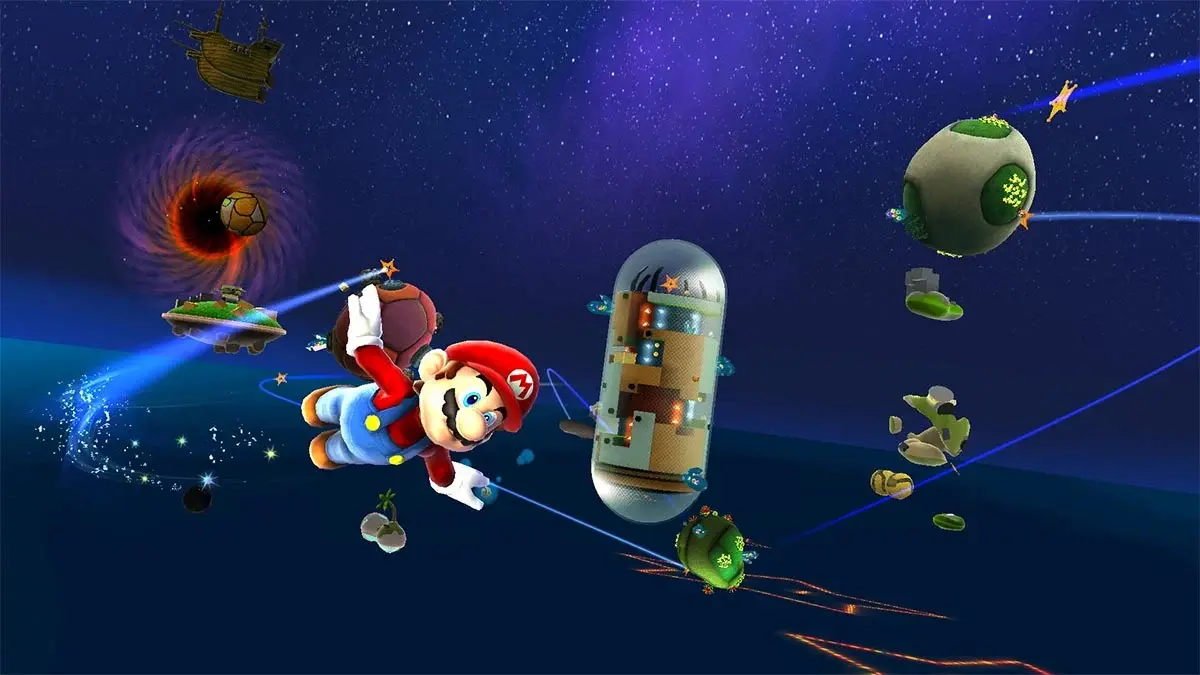
If you haven’t played them or want to revisit them, the Super Mario Galaxy duo are worth the high price – and it’s great that Galaxy 2 is available separately for the invested fans who already have Galaxy 1 on Switch. But when Nintendo said it would implement variable pricing this generation based on value, so far that’s untrue, at least for re-releases of older games. The prices of these classic games are consistent, but the effort put into restoring them for Switch and Switch 2 has been wildly variable, which isn’t reflected in price.
The final verdict
Super Mario Galaxy 1 + Super Mario Galaxy 2 brings one of the greatest games ever made to Switch and Switch 2 and re-returns another that’s been absent for a few years. They both still hold up remarkably well for Wii games and are worth the price of admission, even if it is high for ports of such old games that are enhanced in up to 4K but haven’t been remastered.
For those that played Super Mario 3D All-Stars, Super Mario Galaxy 2 is available separately and delivers a greater challenge. The original Galaxy was so good in part because it was something we’d never played before; all these years later, its sequel feels just as fresh and extends the experience to craft the best platformer ever made. Let’s just hope that when Super Mario 3D All-Stars Deluxe arrives for the 50th anniversary on Switch 3, it combines all of these games and more with the proper remastering they may not actually need, but definitely deserve.
Super Mario Galaxy 1 + Super Mario Galaxy 2 was reviewed using a promotional code on Switch 2, as provided by the publisher. Click here to learn more about Stevivor’s scoring scale.
This article may contain affiliate links, meaning we could earn a small commission if you click-through and make a purchase. Stevivor is an independent outlet and our journalism is in no way influenced by any advertiser or commercial initiative.

